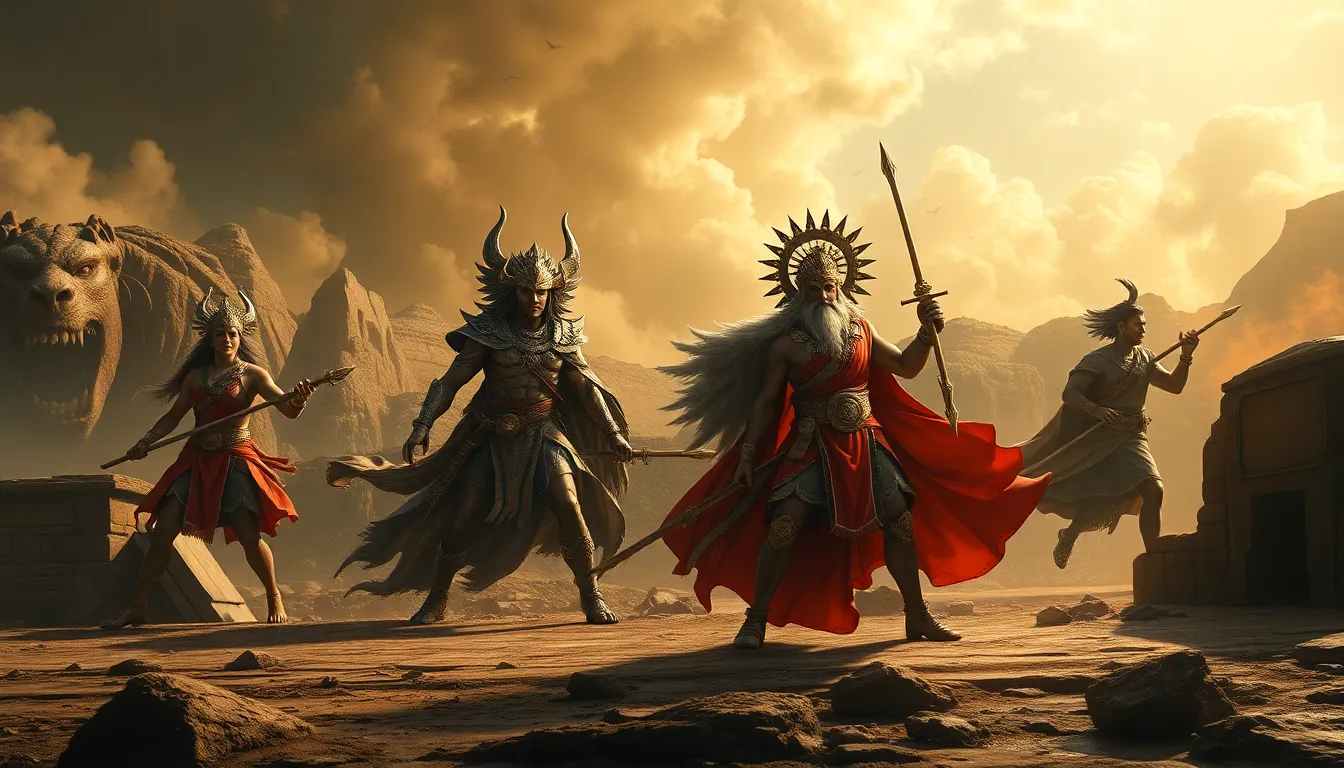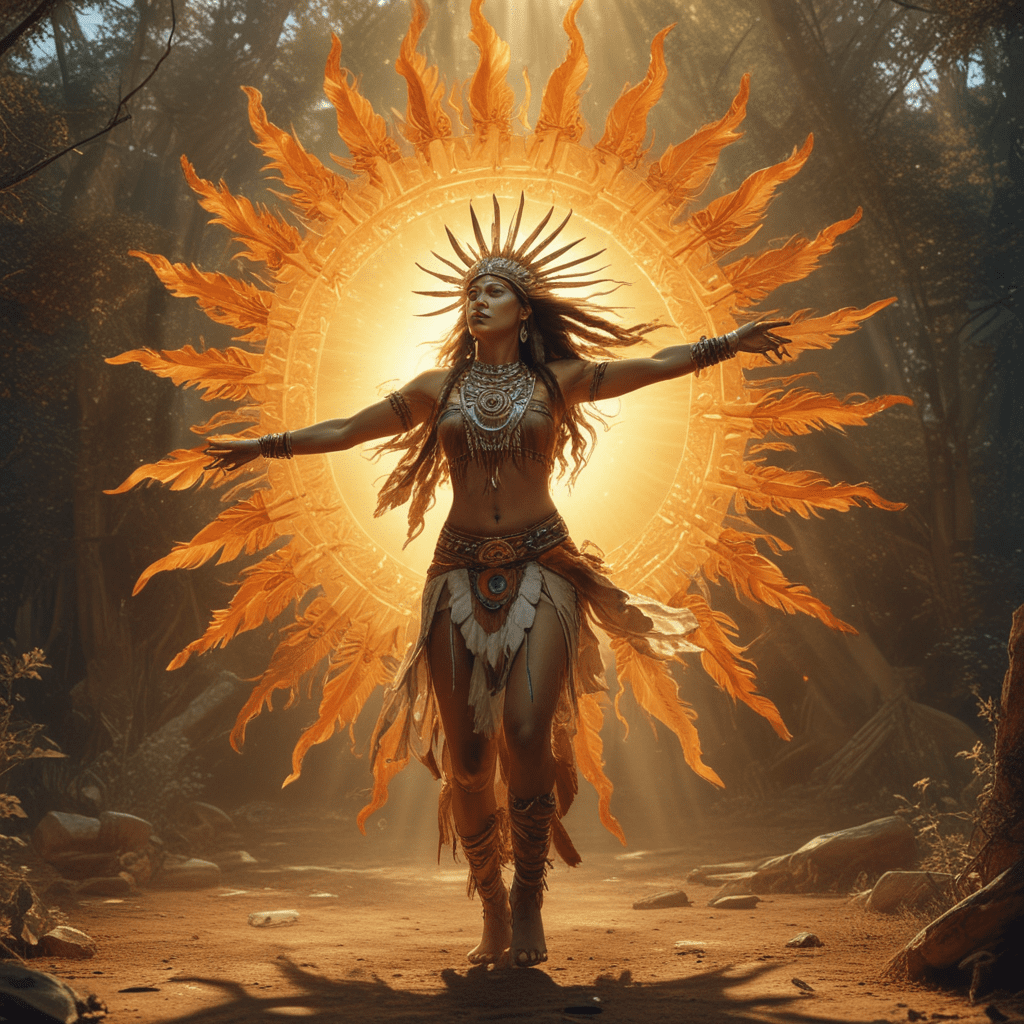Pre-Columbian Mythology
Before the arrival of Spanish conquistadors, South America was home to diverse indigenous cultures with rich and complex mythologies. These beliefs were deeply rooted in nature, with many cultures venerating animals, plants, and natural phenomena as sacred beings. Ancestor worship was also common, with individuals believed to possess spiritual power that could influence the living. Additionally, many cultures believed in a supreme creator deity or deities, who oversaw the cosmos and the affairs of humankind.
Arrival of Spanish Conquistadors
The Spanish conquest of South America in the 16th century had a profound impact on indigenous societies and their mythologies. The arrival of European colonizers brought with it a new set of religious beliefs and practices, primarily Catholicism. Spanish missionaries sought to convert indigenous peoples to Christianity, often suppressing or demonizing their traditional beliefs. This led to a clash of cultures and a significant transformation of South American mythology.
Syncretism and Adaptation
Despite the efforts of Spanish missionaries, many indigenous peoples resisted the complete abandonment of their traditional beliefs. Instead, they began to blend elements of Catholicism with their own spiritual practices, creating a syncretic mythology that incorporated both indigenous and European elements. This process of syncretism resulted in the emergence of new mythological narratives and the reinterpretation of existing ones.
The Virgen de Guadalupe
One of the most iconic examples of syncretism in South American mythology is the Virgen de Guadalupe. This figure emerged as a fusion of the Virgin Mary, a central figure in Catholicism, and Tonantzin, an Aztec goddess associated with fertility and childbirth. The Virgen de Guadalupe became a symbol of both indigenous and Spanish cultures and remains a central figure in Mexican and South American religious traditions.
Demonization of Indigenous Deities
As Spanish missionaries sought to establish Christianity as the dominant religion in South America, they often demonized indigenous deities and spiritual practices. These deities were portrayed as evil or pagan, and their worship was condemned as idolatry. This demonization had a significant impact on the way that indigenous mythologies were perceived and transmitted, leading to the suppression of many traditional beliefs and practices.
Influence on Folklore and Literature
The Spanish conquest left an enduring mark on South American folklore and literature. Indigenous mythologies and beliefs became intertwined with Spanish traditions and narratives, creating a unique and diverse tapestry of tales and legends. Folkloric characters, such as La Llorona (the Weeping Woman) and El Sombrerón (the Hatman), emerged from this syncretic blend, embodying both indigenous and Spanish cultural influences.
Resistance and Preservation
Despite Spanish attempts to suppress indigenous beliefs, many communities resisted the complete abandonment of their traditional mythologies. Through covert practices and crypto-religions, indigenous peoples continued to preserve and transmit their spiritual traditions. These practices allowed them to maintain a connection to their cultural heritage and resist the dominant narratives imposed by the colonizers.
Post-Independence Mythology
After South American nations gained independence from Spain, their mythologies continued to evolve and be reinterpreted. The influence of Spanish conquest remained evident, but indigenous beliefs and narratives regained prominence. National identity and cultural heritage became central themes in post-independence mythologies, as nations sought to define their unique cultural identities.
Contemporary Significance
Today, South American mythologies continue to play a significant role in cultural identity and heritage. They provide a window into the rich and diverse histories of the region, reflecting the complex interactions between indigenous cultures, European colonization, and the ongoing processes of cultural evolution. South American mythologies inspire art, literature, and popular culture, contributing to the region's vibrant cultural landscape.
Future Directions
Ongoing research and exploration continue to shed light on the interplay between Spanish conquest and South American mythology. Scholars and researchers investigate the syncretic processes, the resistance and preservation of indigenous beliefs, and the evolution of mythologies in the post-independence era. The aim is to preserve and revitalize indigenous belief systems while acknowledging the complex historical and cultural forces that have shaped South American mythologies.
FAQ
What are some examples of syncretic deities in South American mythology?
- The Virgen de Guadalupe (fusion of Virgin Mary and Tonantzin)
- Pachamama (fusion of Andean earth goddess and Catholic saints)
- San La Muerte (fusion of Spanish saint and indigenous death deity)
How did Spanish missionaries attempt to suppress indigenous mythologies?
- Baptism and conversion to Catholicism
- Destruction of indigenous temples and sacred objects
- Denunciation of indigenous deities as evil or pagan
What is the significance of folklore and literature in South American mythologies?
- Preserves and transmits traditional beliefs and narratives
- Provides insights into the cultural influences and values of different communities
- Fosters a sense of cultural identity and heritage
How have South American mythologies evolved in the post-independence era?
- National identity and cultural heritage became central themes
- Indigenous beliefs and narratives regained prominence
- Mythologies continue to inspire art, literature, and popular culture




